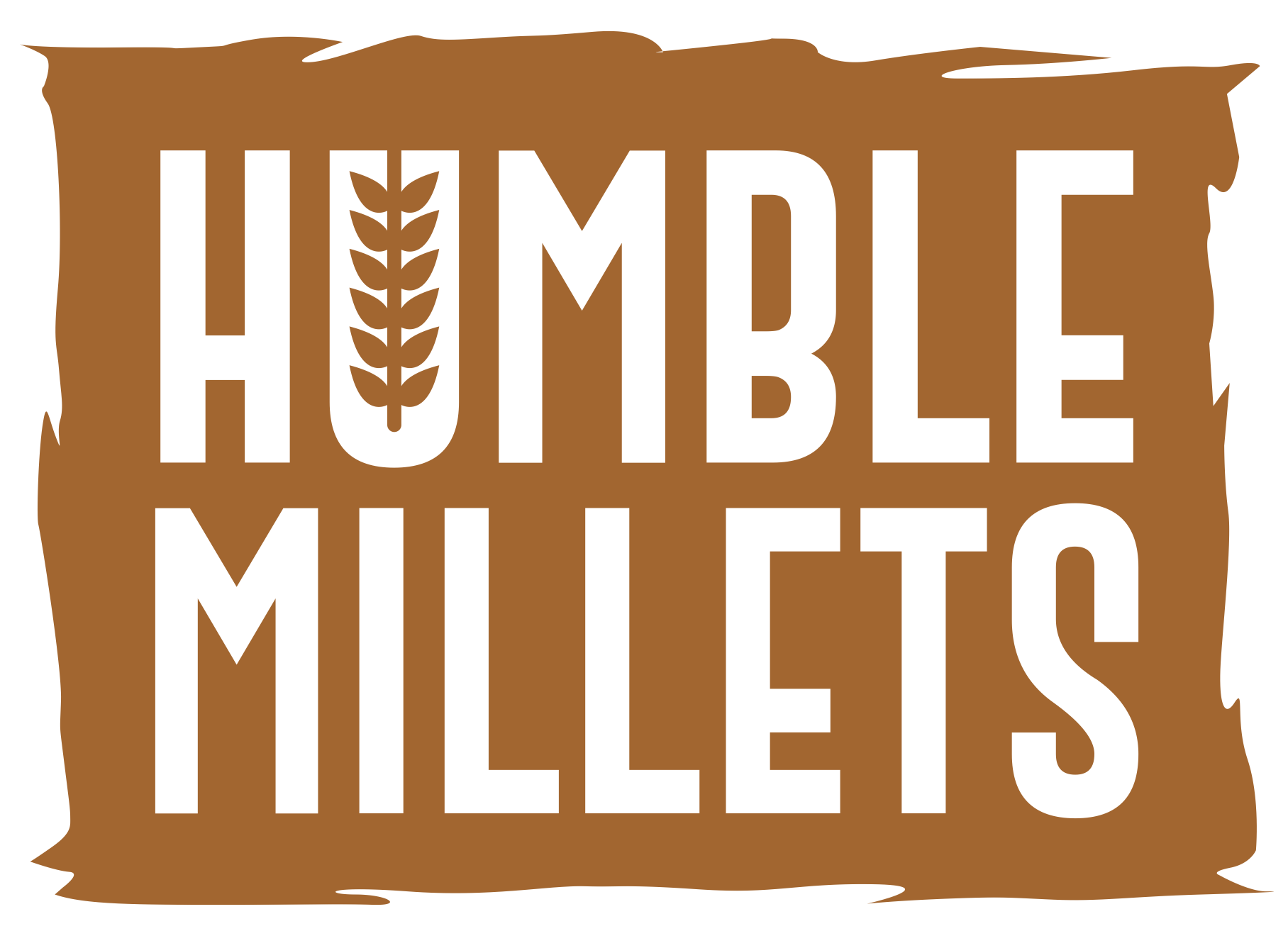
Introduction:
In the face of pressing agrarian and nutritional challenges, millets have emerged as a beacon of hope. These ancient grains, once relegated to the sidelines, are now gaining recognition for their immense potential in addressing both agricultural sustainability and dietary health. In this blog post, we explore the multifaceted benefits of millets, from their resilience in adverse environmental conditions to their nutritional richness, and how they offer a promising solution to the complex issues plaguing our food systems.
Resilience in Adverse Conditions:
Millets, which comprise types including sorghum, finger millet, and pearl millet, are remarkably resistant to unfavorable environmental circumstances. Millets are a good substitute for crops that require a lot of water, such as wheat and rice, because they can grow in semi-arid and dry areas with little need for water or other inputs. A sustainable way to reduce agricultural risks and guarantee food security for disadvantaged populations is through the cultivation of millets, while climate change exacerbates water scarcity and unpredictable weather patterns.
Empowering Smallholder Farmers:
Cultivating millets gives smallholder farmers more financial stability and reduces their reliance on monoculture crops. Millets provide rural populations with a sustainable means of subsistence because of their adaptability to marginal lands and low-input farming techniques, especially in areas where agricultural hardship is likely to occur. Millet improves environmental stewardship and economic resilience among agricultural households by reviving traditional farming practices and promoting agro ecological concepts.
Promoting Food Sovereignty and Security:
As global food systems grapple with issues of inequity, volatility, and industrialization, millets offer a pathway towards food sovereignty and security. By promoting local production and consumption, millets reduce reliance on imported grains and enhance food self-sufficiency at the community level. Moreover, the resilience of millets to climate variability strengthens food security by ensuring a consistent food supply even amidst environmental shocks and disruptions.
Culinary Versatility and Innovation:
Apart from their dietary and agricultural advantages, millets stimulate creativity in cooking and enhance the taste buds. The adaptability of millets allows for a broad range of culinary uses, from classic dishes like millet porridge and flatbreads to cutting-edge inventions like millet salads and desserts. Chefs, home cooks, and food entrepreneurs help to bring back indigenous food cultures and promote sustainable diets by discovering and repurposing millet-based dishes.
Diverse Nutritional Benefits:
Beyond their versatility in agriculture, millets are nutrient-dense powerhouses that are brimming with important minerals, vitamins, and micronutrients. These high-protein, high-fiber, and antioxidant-rich gluten-free grains provide a healthy option for people of all ages. Including millets in one’s diet will help fight obesity, chronic illnesses, and malnutrition, which will enhance one’s general health and wellbeing. Furthermore, millets are an important source of dietary diversity, encouraging culinary innovation and the preservation of cultural traditions.
Conclusion:
Millets represent a holistic solution to agrarian and nutritional challenges, offering resilience, nutrition, and sustainability in equal measure. As we confront the complexities of a rapidly changing world, embracing millets as a staple crop holds immense promise for transforming our food systems and fostering a healthier, more equitable future. By harnessing the inherent potential of millets, we can cultivate a world where agriculture thrives, communities flourish, and everyone has access to nutritious, culturally diverse food.
